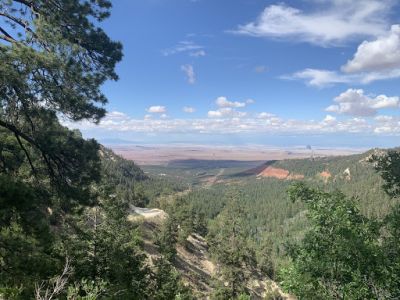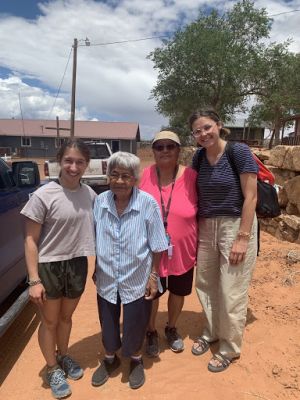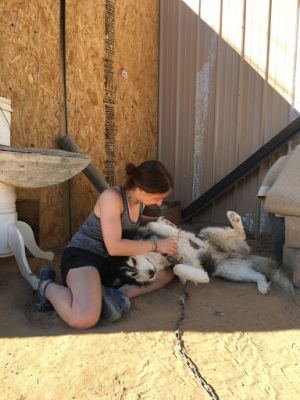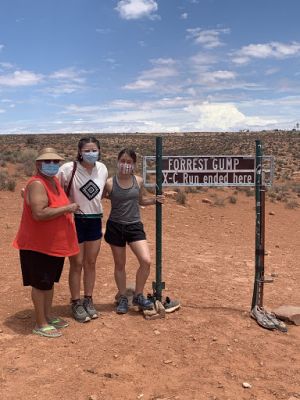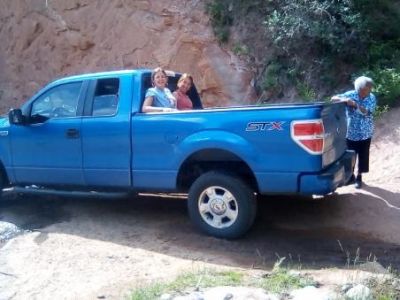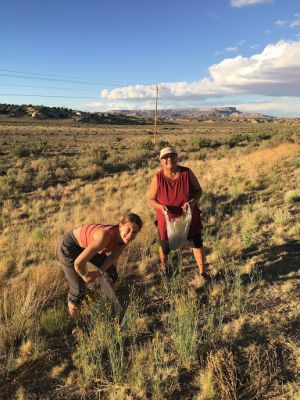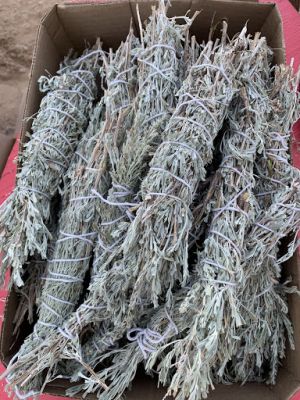Willa Beidler is a sophomore biochemistry major and the author of this post. This week the adventure shifted as we stayed with host families for three days. I stayed with a woman named Sami and her mother Leta. The two of them along with their three dogs lived in a development in Cottonwood, Arizona.
From the moment we entered the house we were welcomed with open arms. After two hours of talking and laughing, we ate a big meal and headed out to collect fresh sage and cedar wood. We spent that first night wrapping the sage into bundles while listening to Sami’s stories.
The next morning we woke up early to burn the cedar we had collected the day before. We placed pans in the fire pit outside underneath large grilling grates so that as the cedar springs burned, the ashes would fall through and be collected. The ash is then used in dishes such as blue corn mash to give the mash a blue color. Sami also told us that the reason the Navajo people had such strong bones was because of the cedar ash they regularly consumed.
We spent the rest of the day driving around to various places such as Canyon De Chelly and the Buffalo Pass lookout point. Savannah and I climbed into the back of Sami’s truck as we neared the lookout point, and watched as the landscape shifted from desert, to red mesas, to a dense pine forest.
At one point along the way, Sami stopped and had us jump out by a freshwater spring that formed a small waterfall on the side of the mountain. She handed us plastic jugs and told us to fill them up. We filled the jugs with the icy water and hopped back in the truck to continue up the mountain. At the peak we could see Shiprock and the Red Valley. On the way back, we stopped to pick Navajo tea and spent the evening tying it up to dry.
On our third day, we traveled to Monument Valley and stood on the spot where Forrest Gump finished his cross country journey. We were sent home with jars of tree sap, sand from the surrounding areas, cedar ash, as well as new necklaces Leta had made.
The generosity we felt was like no other I’ve experienced. Sami made sure we had huge home cooked breakfasts every morning — even if it meant she had to get up at six. They took us all over the surrounding areas to see the sites— even though Leta wasn’t able to walk along with us. They sent us home with more gifts than we brought them and requested our mailing addresses so they could send more.
Leta has eight kids— Sami being one of them, yet they still opened their home and their arms for two new daughters.
